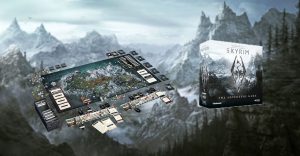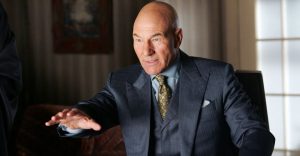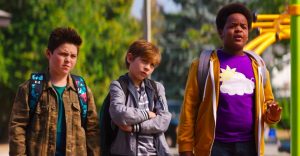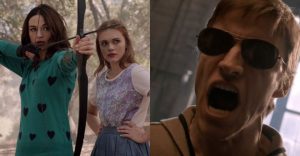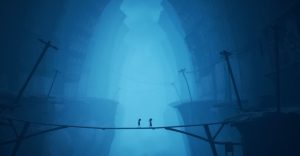Top Gun: How The Original Movie’s Jet Fighter Scenes Were Filmed

Top Gun’s jet fighter scenes are nothing short of iconic, and Tony Scott’s 1986 cult classic heavily contributed to the military recruiting boom at the time. The film’s much-anticipated sequel, Top Gun: Maverick, is slated for release in late 2021, marking the return of Naval pilot Maverick (Tom Cruise), after a span of three decades. While the exact plot intricacies of Joseph Kosinski’s Top Gun: Maverick are scant, the sequel is expected to focus on the tensions between Maverick and Goose’s son, Bradley “Rooster” Bradshaw (Miles Teller), along with Maverick’s unwillingness to let go of his adventure-laden past.
As Cruise harbors a penchant for capturing realism via stunt work, as evidenced by his Mission: Impossible series, he took a similar approach for the jet fighter scenes in Top Gun. Choosing to carry out in-depth research about the aviation industry, Cruise spent time with real-life pilots in San Diego, closely monitoring instructors and pilots to better understand the nuances of the job. Director Tony Scott shared Cruise’s preference for realism, due to which, he worked closely with the military and the U.S. government to use real planes, equipment, and shot inside a real Naval Air Station.
It is also interesting to note that the aircraft carrier shots in Top Gun were filmed on the USS Enterprise, and some of the planes were F-14 squadron jets, including the VF-114 “Aardvarks” and the VF-213 “Black Lions” planes. In order to shoot the breathtaking jet fighter scenes, Scott and the crew stationed the cameras directly on the planes, using an A-6 intruder with four camera positions on mounts developed by the Grumman Aircraft Co. Furthermore, cameras were also mounted in the cockpit, directed towards the shoulders of the pilot and the navigator, while others were stationed under both wings and under the belly of the plane. This allowed the maximum amount of angles for Scott to choose from, a decision that paid off when coupled with the stunning cinematography of said scenes. Apart from this, the majority of the jet fighter shots were of everyday aircraft operations, meaning that they were flown by real-life pilots, who accommodated the occasional flyby request by the film’s crew.

In terms of whether CGI was involved, Top Gun did embark on this route as the technology was simply not advanced enough to depict the flying scenes realistically at the time. While the inside-cockpit shots were granted finishing touches on studio sets, scenes that involved the planes blowing up or spinning out of control were achieved with the aid of scale models. While real pilots were shot flying during their regular routines, NASA astronaut Scott Altman piloted the F-14 aircraft for many of the film’s stunt sequences, having been stationed at NAS Miramar at that point in time. Altman is a part of the film’s iconic opening sequence involving the titular duo’s square-off with two MiG28s, as well as several scenes that feature an aircraft “buzzing the tower” throughout the film.
Despite Scott’s best efforts to portray the tale in a realistic light, Top Gun is often criticized for the unrealistic way in which certain flight exercises are portrayed. For instance, Maverick and Goose are shown carrying out maneuvers that would be virtually impossible to use in training or combat. However, the element of realism seems to be an integral part of the filming process of Top Gun: Maverick, wherein Cruise, who has a pilot’s license, has flown some of the aircraft himself, all of which have been captured in 6K technology. As to whether the action sequences in Top Gun: Maverick manages to eclipse the sheer magnificence of the original movie, remains to be seen.
- Top Gun: Maverick/Top Gun 2 (2022)Release date: May 27, 2022
About The Author











